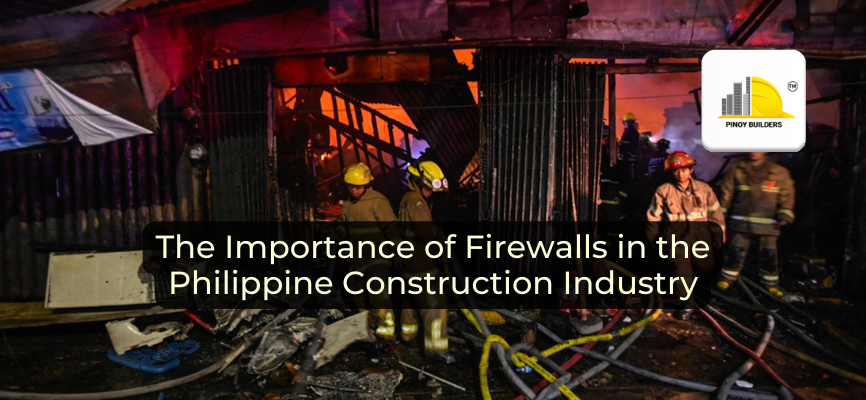Haunted houses are not a rare sight in the Philippines. Arguably, many Filipinos will claim that their house is haunted because of noises they hear in the night or sightings of apparitions but there are only a few houses who make mark as some of the most haunted houses in the country.
In this article, Pinoy Builders takes a look at the design of these well-known haunted houses that are eerily beautiful despite the years that have gone by.
5 Haunted Houses in the Philippine and Their Design
Some haunted houses in the Philippines retain most of the structure and the exterior of what it looked like years ago. Some houses have been restored and maintained as tourist spots but there are also some that have been embraced by father time and show the effects of aging throughout the years. Nonetheless, these five houses still stand to be known by many either for their beauty, the haunting tales associated with them, or both.
Laperal White House
If you have been to Baguio City, odds are, you will be familiar with the White House or the Laperal White House located along Leonard Wood Road of the Summer Capital. Built by Roberto Laperal in the 1930s, the house witnessed and stood against the war, natural and man-made calamaties, and many more. It also withstood the Luzon Earthquake in 1990.
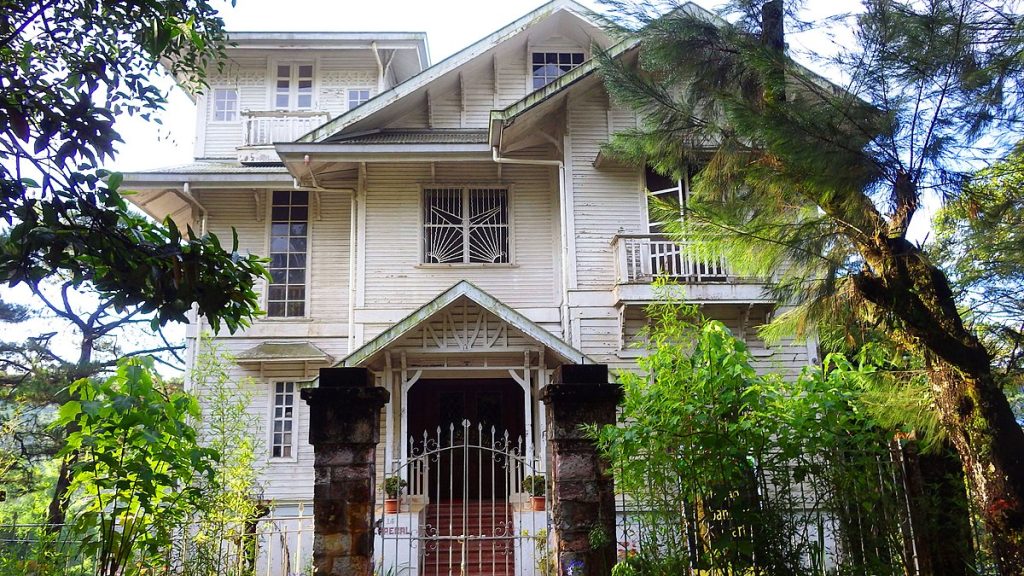
The house is designed in a Victorian style that features wooden planks, gables, and a steep roof. It’s also made of narra and yakal wood. Not much is known about the house beyond this but it was used as a garrison in World War II. Reportedly, the house was used by Japanese troops to deal with suspected spies that worked for the United States and their allies.
While the Laperal White House retains its title as one of the most haunted places in Baguio, it has since then been transformed into a a tourist attraction. It also features the Bamboo Foundation Museum by the Tan Yan Kee Foundation.
Balay Negrense
Balay Negrense or the Victor Fernandez Gaston Ancestral House, is a heritage house and museum in Negros Occidental. Before being turned into a tourist spot, the house served as the ancestral home of the Gaston Family – particularly that if Victor Gaston, the son of Yves Leopold Germain Gaston who is one of the pioneers of the sugarcane cultivation in the region of the Philippines.
The house was built in 1897 but was left unused by the Gaston family. The house fell into despair until Msgr. Guillermo Ma. Gaston, one of its heirs, made the notion to form the Negros Cultural Foundation. The house was later turned over to the Philippine Tourism Authority (now called the Tourism Infrastructure and Enterprise Zone Authority) before being inaugurated in 1990 by the National Historical Commission of the Philippines as a museum.
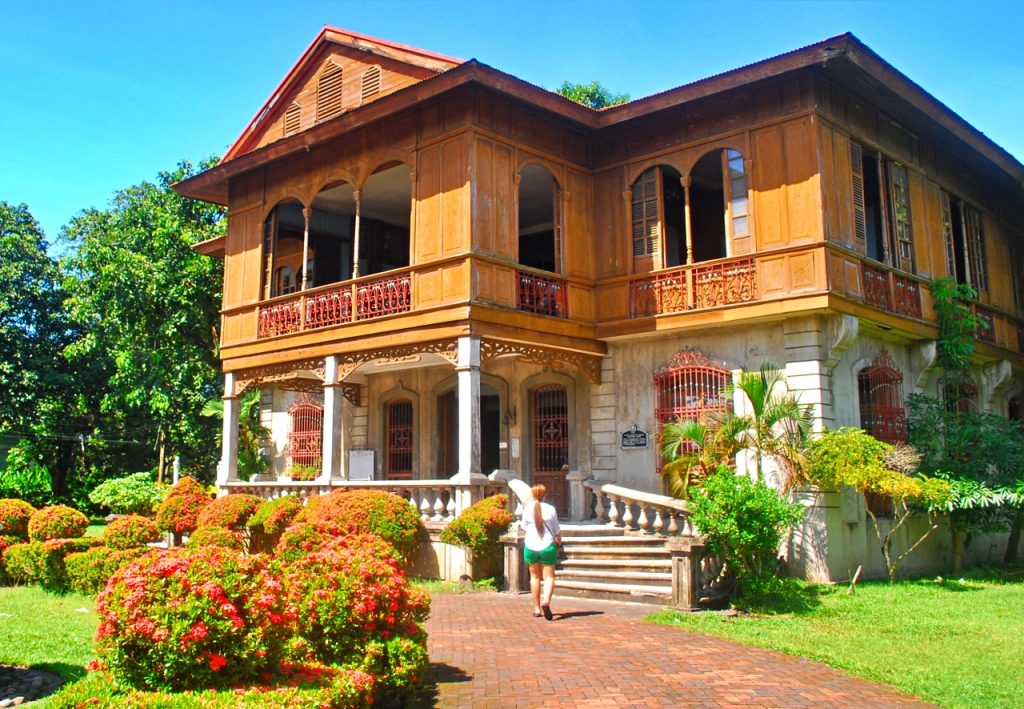
Balay Negrense is a “Bahay na bato” which is a type of building that originated from the Spanish colonial era. It’s a house of stone that, despite its origin, reflects American colonial influences. The house is made of concrete with its foundation and floorboards made out of trunks from the balayong tree. The upper story of the house is constructed of wood topped with a galvanized iron roof. It also has a four-metre high ceiling and large windows that feature ventanillas. The lower story, on the other hand, it elevated from the ground by a meter-high crawlspace that prevents the wooden foundations from rotting.
Many who have gone to Balay Negrense report experiencing a feeling that they are either being watched or being followed. The experiences do vary but one thing is for sure, there is a presence in Balay Negrense that one might feel the moment that you step in it.
Tiaong Stone House (Herrera Mansion)
Located in Tiaong, Quezon Province, the Tiaong Stone House is one of the more “unfortunate” haunted houses that has been left to the hands of time. Despite numerous attempts to restore the home, it was ultimately left abandoned and decaying from disuse.
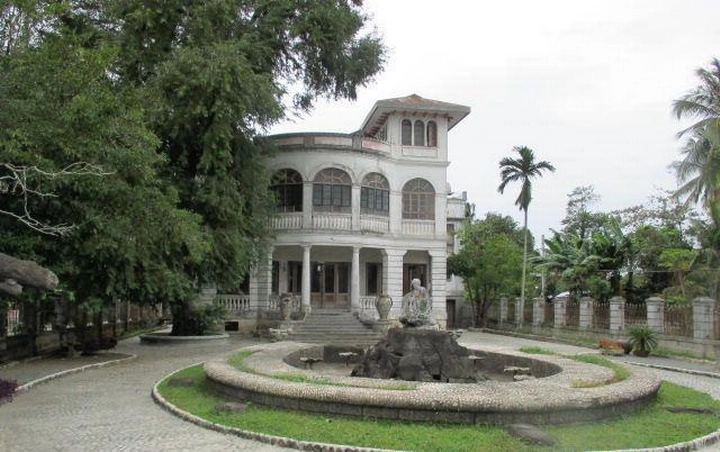
The Herrera Mansion was built some time in 1927 by Isidro Herrera and Thomas Mapua – a renowned architect of the time. Mapua is also the founder and first president of the Mapúa Institute of Technology. Not much is known about the design and architecture of the Tiaong Stone House apart from the retention of most of Mapua’s architectural designs despite attempts to repair the house in 1950 by an architect from the neighboring municipality of Candelaria. The house’s façade still features Mapua’s original design – including that of the El Filibusterismo sculpture and other concrete structures in the garden.
The house, despite its current state, has survived calamities, the colonization period, and bombings from the war. Since then, sightings of an elderly couple, Japanese soldiers, and the sound of dragging chains would greet those who dare to enter the Herrera Mansion.
Malacañan Palace
The official residence of the president of the Philippines, the Malacañan Palace, is often hailed as one of the most haunted places in the country. Built in 1750, it was first made of adobe and wood with its interiors paneled with molave and narra. The Palace would go through numerous reconstructions, expansions, and renovations in the years after being built with its most notable repairs happening during the reign of former Presidents Diosdado Macapagal and Ferdinand Marcos Sr. The Malacañan Palace contains 10 main halls with some of them restored from its original state.
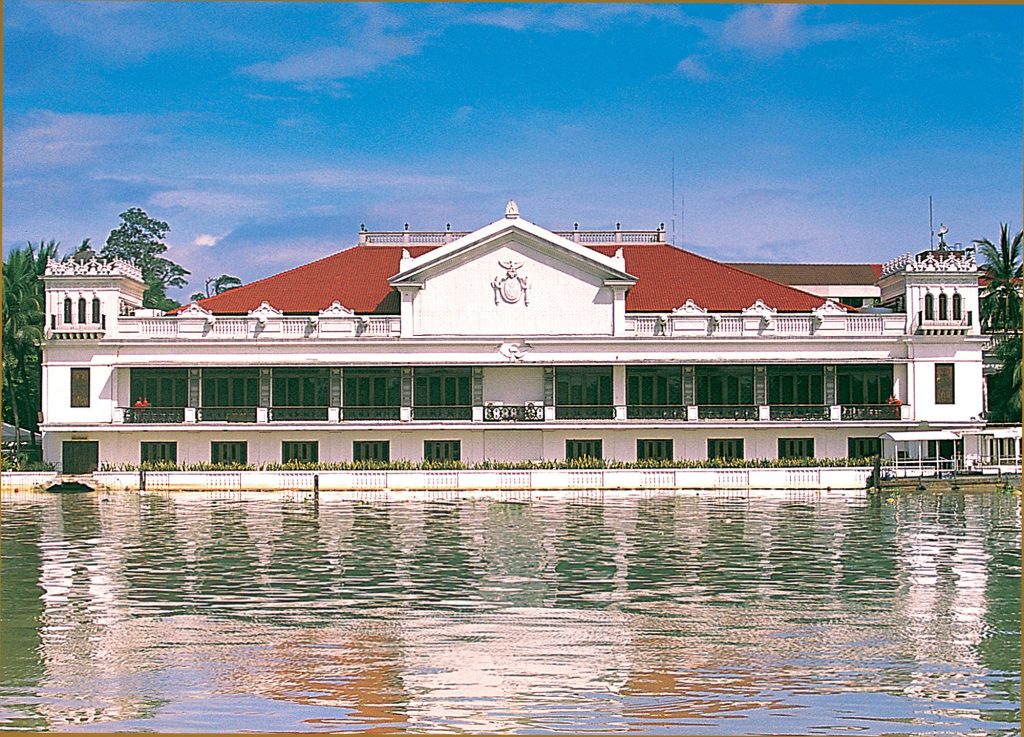
The Malacañan Palace is home to many ghost tales and apparitions – including that of several former presidents such as Manuel Quezon, Manuel Roxas and Ramon Magsaysay. Other stories tell that of the “protector of the Palace”, a Kapre or elemental, that is called Mr. Brown – a resident of the Balete Tree. Other tales of ghostly encounters in the Palace include that of a child playing in one of the rooms and entities from the Spanish and American eras.
Bahay na Pula
If you have been to San Ildefonso in Bulacan, odds are, you might’ve heard of or seen the eerie Bahay na Pula that sits on a property owned by the Ildefonso clan. It was formerly a hacienda but is now remembered for the many war crimes committed by the Japanese Imperial Army during World War II.

The house was built some time in 1929 and was largely made out of wood. It’s name, “Bahay na Pula”, is owed to the striking shade of red that its painted with. It was occupied by the Japanese in 1944 and was used as a garrison. What was once a beautiful hacienda was turned into a place of terror during the Japanese occupation. In 2014, the house was partially dismantled and was in danger of collapse and in 2016, a portion of the house was partially demolished.
Many tourists and those who live near the area report hearing screams for help. They also report wailing and the sight of a ghostly Japanese platoon roaming around the area.
The house stands as a memorial to survivors to the victims of the heinous acts by the Imperial Japanese Army at Bahay na Pula.
Today, these houses not only stands as a marker for haunted sightings but they also play a part in the country’s history. Most of these houses survived many calamities and even World War II. They serve as a reminder that of what the country went through during the periods of occupation and colonization of the Spanish, Americans, and the Japanese.
Whether the houses are truly haunted is always up for debate but one thing is for sure, these houses have stood the test of time and continues to remind Filipinos of the country’s past.
Do you want to see more content like this in the future? Subscribe to Pinoy Builders for FREE today and stay in the loop for the latest news and updates on the Philippine construction industry!
Sources:
- Gloria, G. (2016, July 7). The horrific histories of Philippine haunted houses. CNN Philippines. https://www.cnnphilippines.com/life/entertainment/film/2016/06/09/philippine-haunted-houses.html
- KKDay. (2019, October 7). The Most Haunted Places In The Philippines. KKday Blog. https://en.blog.kkday.com/25085/asia-the-most-haunted-places-in-the-philippines
- Kaushik, V. (2021, November 17). 5 Haunted Places In Manila That Are Not For The Faint-Hearted! TravelTriangle. https://traveltriangle.com/blog/haunted-places-in-manila/
- 10 Famous Haunted Places in the Philippines. (n.d.). Pinnacle.ph. https://pinnacle.ph/articles/10-famous-haunted-places-philippines#
- Fernando, C. (2021, November 3). Top 8 Haunted Places in the Philippines That’ll Scare the Hell Out of You. ZenRooms Blogs. https://www.zenrooms.com/blog/haunted-places-in-the-philippines/
- Paje, A. C. (2021, October 27). Top 10 most haunted places in the Philippines. Ph.news.yahoo.com. https://ph.news.yahoo.com/top-10-most-haunted-places-in-the-philippines-162132329.html
- Mawis-Aliston, A. V. (2020, October 31). The heritage of haunted homes. INQUIRER.net. https://business.inquirer.net/310875/the-heritage-of-haunted-homes







